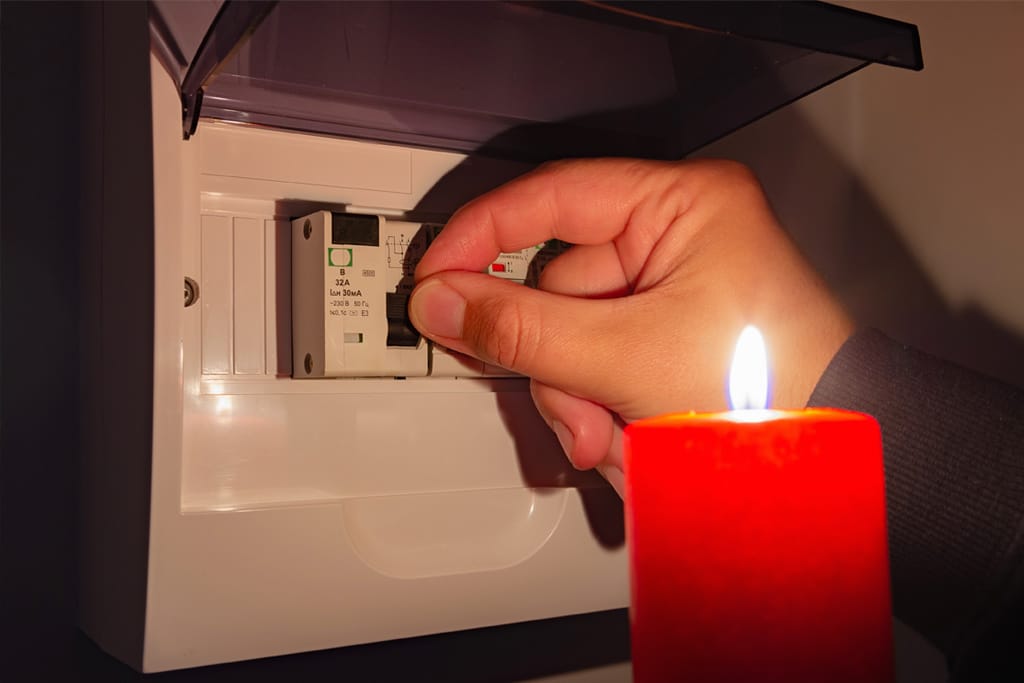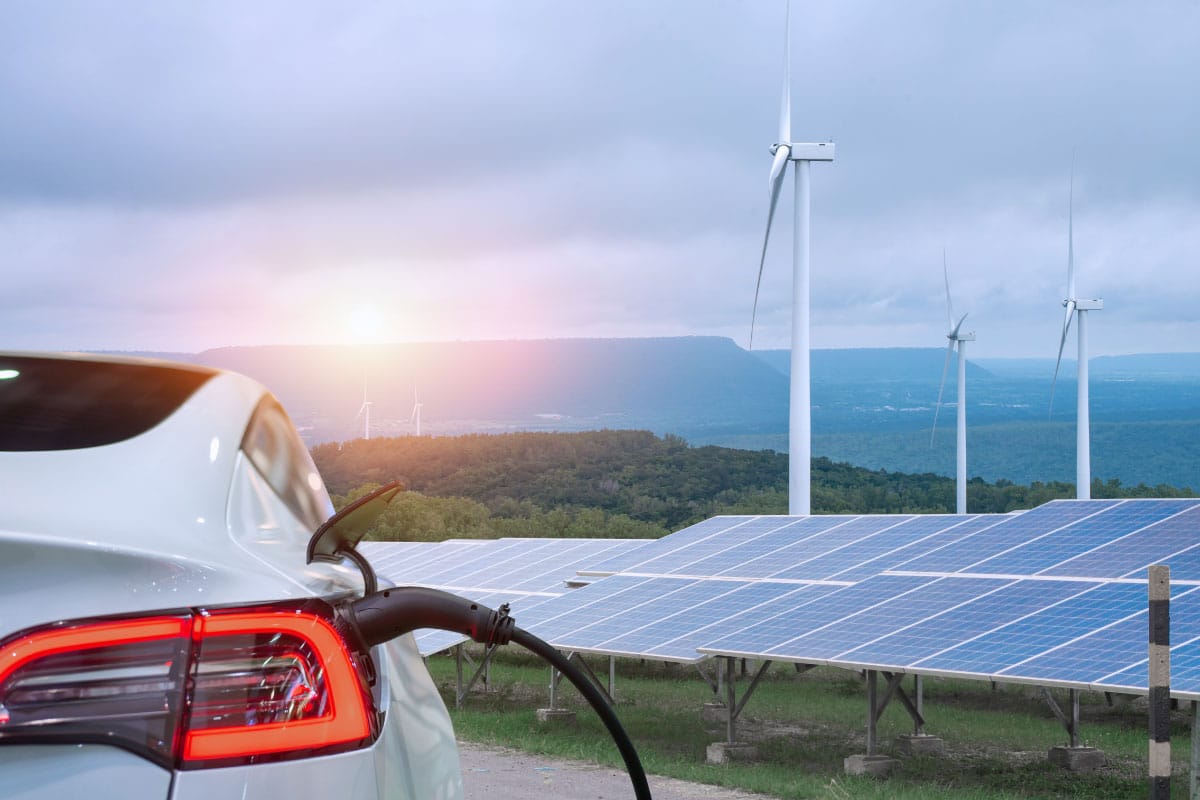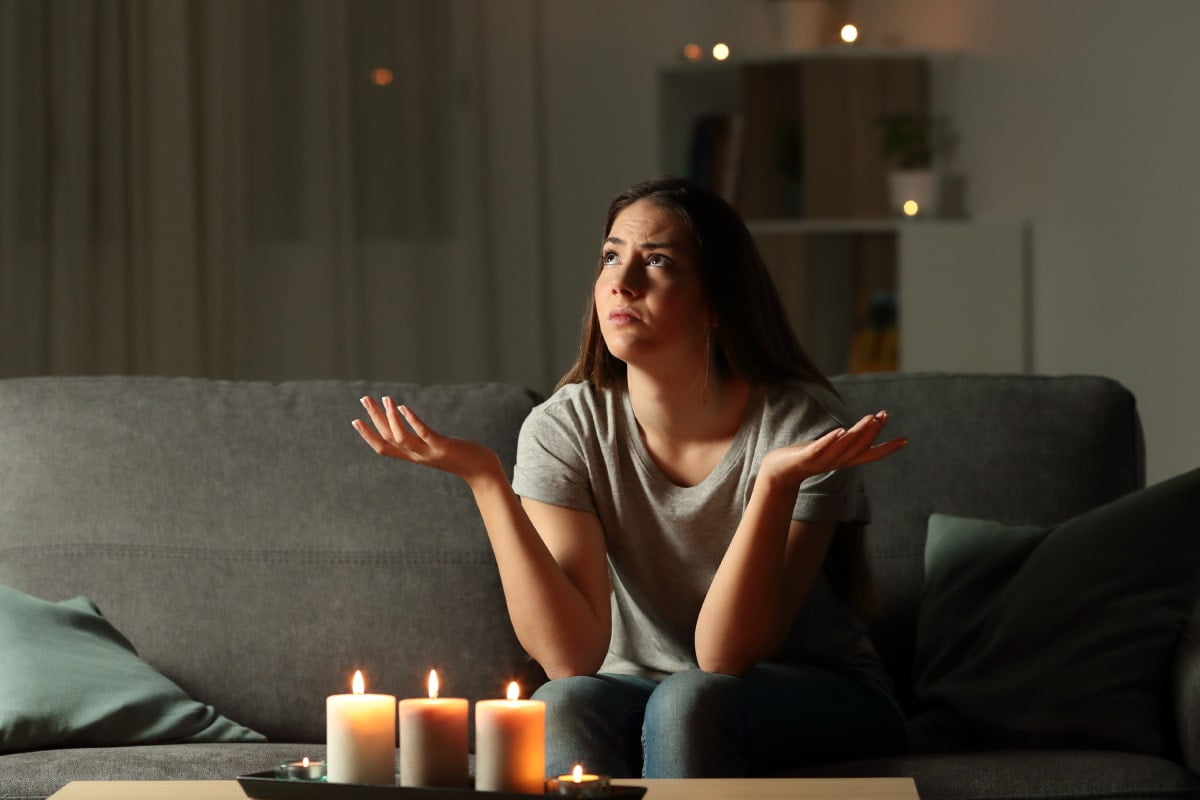Rolling Blackouts has become a household name after recent outages that deprive numerous consumers of electricity supply. There are numbers of intriguing questions that demand answers to understand the essence of planned power shutdowns better.
Why Do Rolling Blackouts Happen?
Rolling Blackouts are periodic rotating shutdowns planned by the government agency overseeing the power grid. These shutdowns happen because of two main reasons: Insufficient generation of the power or poor planning of power transmission for proper delivery.
How Often And How Long Do Rolling Blackouts Occur?
Rolling Blackouts were pretty active this year, due to which millions of the consumers lost their power. More than 2 million consumers experienced power shortages lasting 1 hour and more. The average time that power outages last is one hour, though recently it started to last longer.
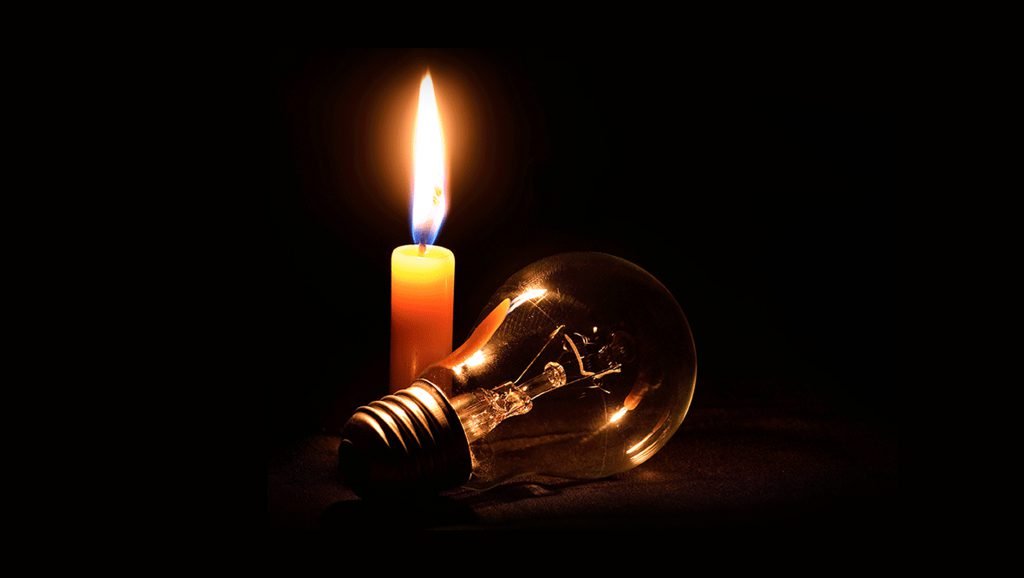
Do Power Authorities Plan Ahead For Electricity Distribution?
Power managers forecast seasonal shifts ordering state power companies to generate enough power accordingly to meet energy demand. However, anticipating emergencies and obtaining enough power is not an easy task, and there is always a risk that planning won’t be sufficient to prevent California Rolling Blackouts. A similar situation was in 2020 when due to the record-breaking heat, the demand for electricity spiked up, resulting in summer blackouts.
How Do Customers Get Notified About Rolling Blackouts?
The Independent System Operator makes use of an alert system to communicate deficiency of electricity supply, hence signaling about potential blackouts. There are 3 Stages of emergency alerts that ISP issues to warn consumers. The first stage is also known as Flex Alert, and requests customers to use some tips for conserving energy voluntarily. The third stage is an indication of probable outages.

What Are Some Tips That Consumers Are Encouraged To Use For Reducing The Need For Rolling Blackouts?
- Between 3 PM to 10 PM, try not to use major appliances like dryers and washers and set the air conditioner to 78 degrees or higher.
- Turn off unnecessary electrical devices and lights.
- Unplug appliances that are not used at the moment.
- Close all the windows, doors, and drapes to prevent the loss of cooled air.
- Instead of air conditioning, use fans.
What Precautions Do Consumers Need To Make Before Rolling Blackouts?
- Follow the news to plan ahead. Frequently visit the ISO website and download the corresponding app to get notified when alerts are issued.
- Prepare home, storing energy with batteries. It’s preferable to install solar panels and the Powerwall Battery to conserve energy for later use.
- Assemble the emergency kit that should at a minimum include food, water, cash, first aid kit, blanket flashlight, personal documents, battery-powered chargers and radio. Have your emergency preparedness kit assembled.
- Plan an evacuation scheme for emergency cases, spotting a place where all family members should meet if evacuation happens.
- Have preventive supplies on hand such as thermometers to monitor food, at least half fueled car to drive away when needed, the gas container in case gas is impacted too. Also, consider installing a carbon monoxide detector in your house.
- Get an iced cooler to keep your food so that your food doesn’t get spoiled if outages last longer than expected.
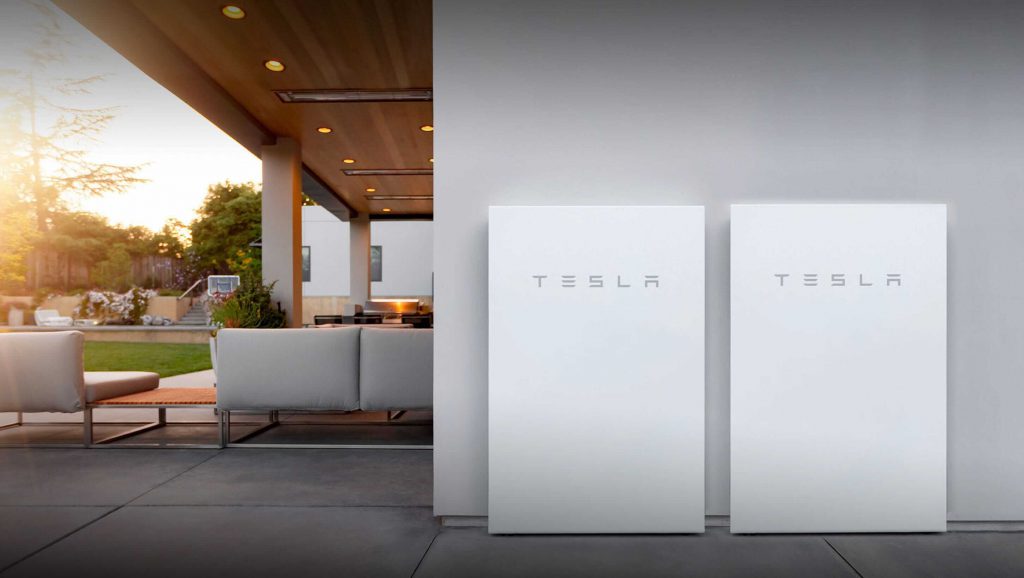
How Should Consumers React When Rolling Blackouts Happen?
- Report about the outage to the utility company if the shutdowns have not been announced beforehand.
- Turn off and unplug all electrical devices. Leave only one lamp to see when the electricity has returned.
- Consider the fact that refrigerators can continue freezing for up to 4 hours without electricity, while freezers function for 48 hours. Use an iced cooler if the shutdown lasts longer.
- It’s better to use flashlights instead of candles to prevent possible fires.
How Should Consumers Proceed When Rolling Blackouts End?
- Don’t turn back all the devices at once. Start gradually tuning on essential appliances and wait 15-20 minutes before switching on other devices.
- If there are electrical lines downed and not working, don’t touch them. Immediately, report about those lines to the utility company.
- Throw away food if you get suspicious that it could have been spoiled, especially consider eggs, meat, fish, and poultry.
- Restock the emergency kits that you have used.
What Does Solar Energy Have To Do With Rolling Blackouts?
Solar energy is a light at the end of a blackout tunnel. As a matter of fact, solar energy helps to provide so much energy that supply often exceeds the demand at the end of the day. What makes solar the best alternative is that it is currently the cheapest source of large-scale energy. No wonder that California nowadays is driven with 33% of renewable energy, aiming to reach 100% by 2045.
The author of a publication: Elen Gevorgyan



